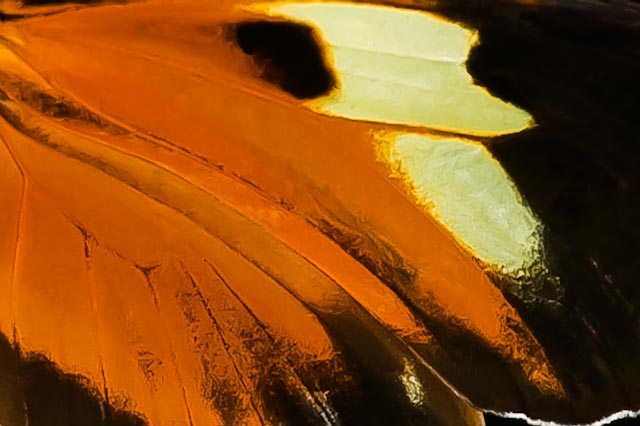“The Weight of Wings” is a fine art photography series that captures extreme close-ups of butterfly wings, exploring the fragile yet intricate patterns that often go unnoticed. These works magnify nature’s hidden textures, treating the wings not as biological subjects but as **spiritual symbols of transformation, memory, and soul.”
Each photograph becomes a visual meditation — a silent prayer — focusing on detail, pattern, and light, inviting viewers into intimacy with the imperceptible.
“El peso de las alas” es una serie de fotografía artística que captura primeros planos extremos de alas de mariposa, explorando los patrones frágiles pero intrincados que a menudo pasan desapercibidos. Estas obras magnifican las texturas ocultas de la naturaleza, tratando las alas no como sujetos biológicos, sino como símbolos espirituales de transformación, memoria y alma.
Cada fotografía se convierte en una meditación visual —una oración silenciosa— centrada en el detalle, el patrón y la luz, invitando al espectador a una intimidad con lo imperceptible.
1-Caligo atreus
The yellow-edged owl butterfly, reveals large eye-spots that mimic a predator’s gaze—both shield and illusion. Named Atreus, after the cursed Greek king, it suggests ancestral burden and hidden vision. This butterfly embodies silent vigilance, the weight of unseen stories, and the mystery held in beauty’s dark folds.
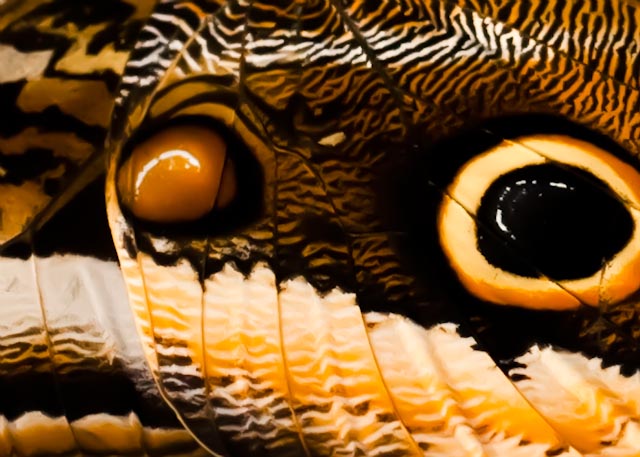
2 Idea leuconoe
The paper kite butterfly, drifts with slow, ethereal grace—its translucent wings like floating parchment. Rooted in Platonic “Ideas” and the phrase leuconoe (“clear mind”), it evokes thought made visible. A symbol of reflection, lightness, and the soul’s quiet journey through the thresholds between matter and meaning
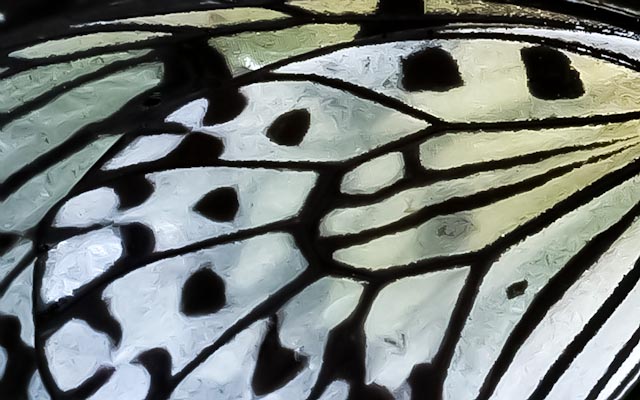
3 Precis almana
Known as the peacock pansy, features bright eye-spots that deter predators and recall the peacock’s royal symbolism. Its name suggests cycles and seasons, like an almanac. Echoing Hera’s myth, this butterfly represents watchfulness, memory, and transformation—linked to time’s passage and the quiet power of observation.
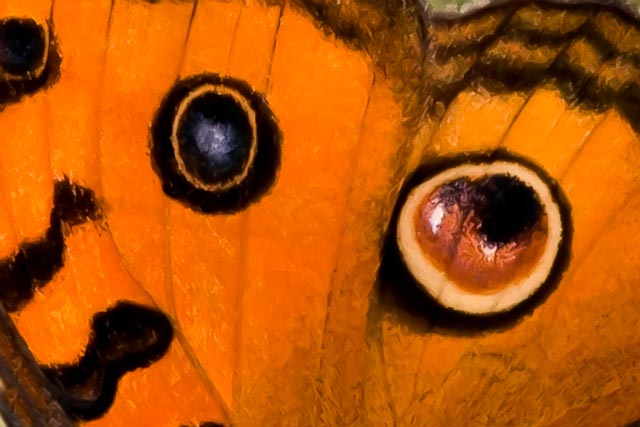
4 Dryas iulia
The Julia butterfly, shines with vivid orange wings and swift, graceful flight—symbolizing vitality and solar freedom. Its name blends myth and history: Dryas, tree nymphs of Greek lore, and Iulia, evoking Roman elegance. Together, they suggest feminine strength, wild beauty, and nature’s spirit set free in motion.
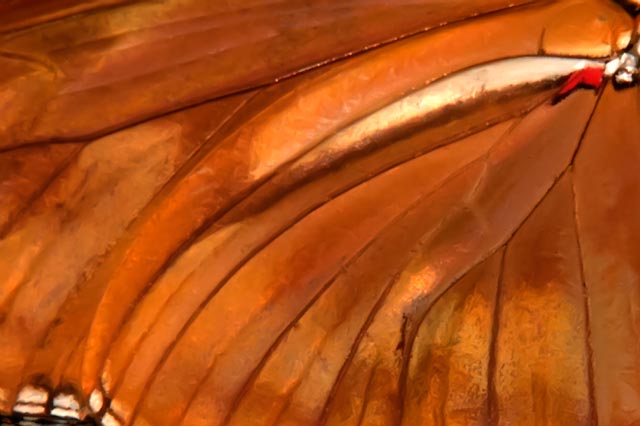
5 Caligo memnon:
The giant owl butterfly, bears dark, velvety wings with striking eye-spots that startle predators and echo the mystery of night. Named after Memnon, the Ethiopian king of Greek myth, it evokes silent strength, mourning, and resilience—linking shadow, memory, and the quiet majesty of dusk-born transformation.
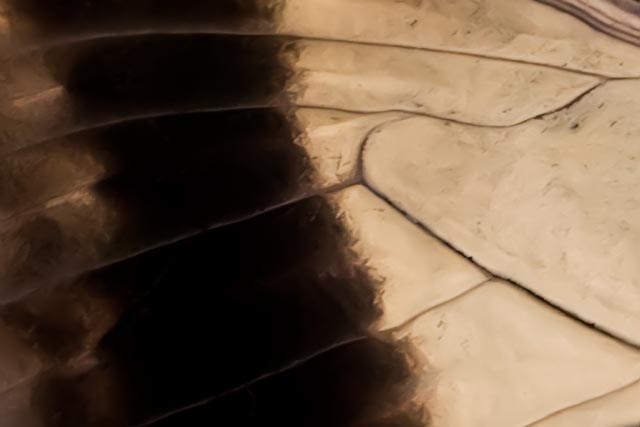
6 Dryadula phaetusa
The banded orange, flashes fiery wings in bold, rhythmic flight. Its name fuses Dryadula—a nod to forest nymphs—and Phaetusa, daughter of the sun god Helios. This butterfly symbolizes radiant energy, feminine fire, and the dance between light and wildness in the ever-living tapestry of nature.

7 Precis atlides
The gray pansy, displays soft earthy tones and delicate eye-spots, blending subtly into its surroundings. Its name recalls Atlas, the Titan who bore the heavens—suggesting quiet endurance and balance. This butterfly becomes a symbol of grounded grace, carrying the weight of beauty with stillness and understated strength.
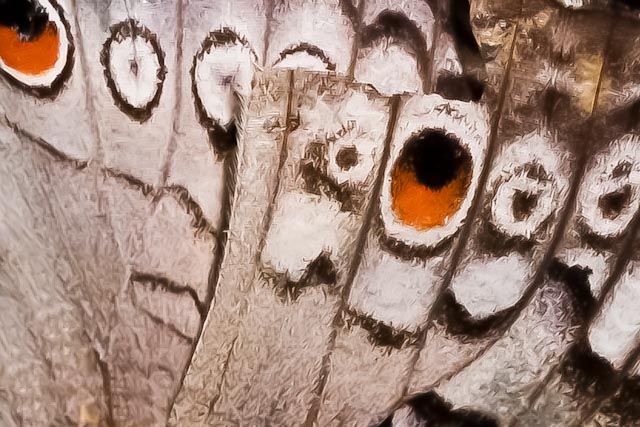
8 Parthenos sylvia (blue form)
The blue clipper, glides with bold, iridescent wings and rapid, gliding flight. Its name—Parthenos, meaning “virgin,” and sylvia, “of the forest”—evokes purity and wild freedom. This butterfly becomes a symbol of untamed elegance, embodying nature’s vitality, feminine autonomy, and the fleeting brilliance of tropical light.
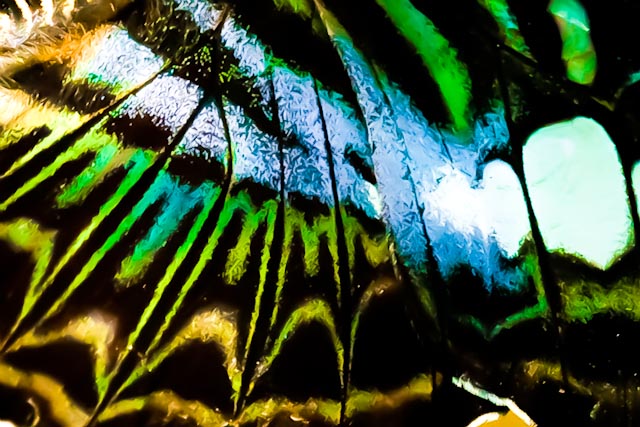
9 Papilio memnon (male)
The Great Mormon, impresses with its bold wings and mimicry, often resembling other species as a form of survival. Named after Memnon, the heroic son of Eos in Greek myth, it embodies silent nobility, adaptation, and the tension between illusion and identity in the natural world
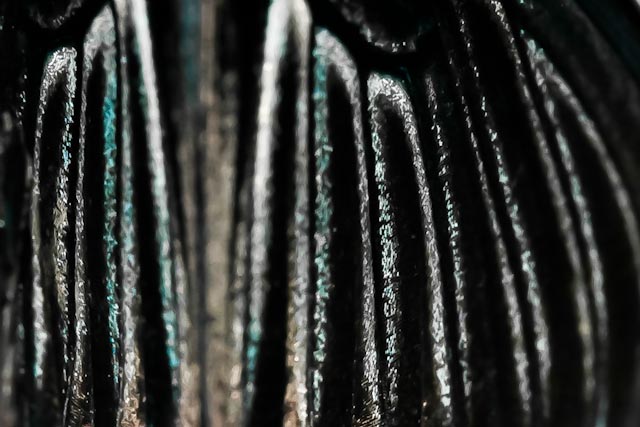
10 Troides rhadamanthus
The golden birdwing, soars with black and gold wings like a living flame. Named after Rhadamanthus, judge of the underworld in Greek myth, it evokes justice, radiance, and transcendence. This butterfly symbolizes noble passage—where beauty meets moral weight, and flight becomes a silent verdict of light.
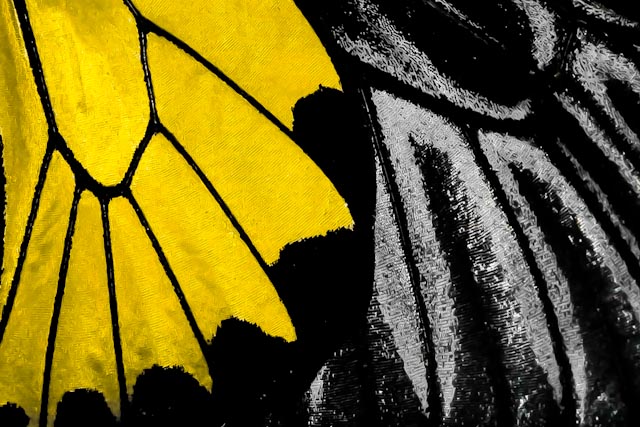
11 Parthenos sylvia (brown form)
Glides through forest light with warm, earthy tones and strong, confident wings. Its name—Parthenos, “virgin,” and sylvia, “of the forest”—suggests untouched wilderness and quiet power. This form evokes grounded beauty, resilience, and the harmony between femininity and the rich textures of shadowed nature.
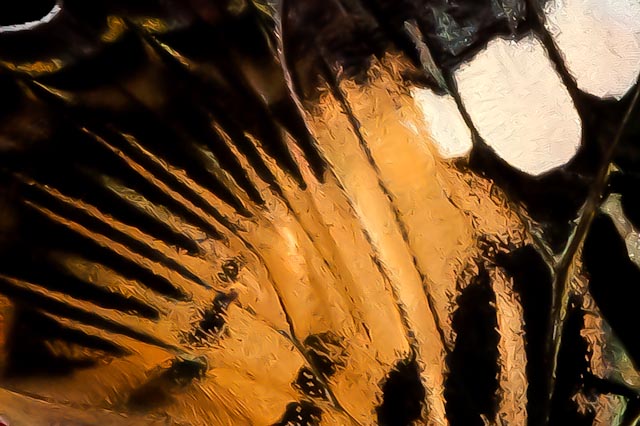
12 Hypolimnas bolina
The Great Eggfly, dazzles with its deep velvet wings marked by luminous spots—like stars on night’s fabric. Named Bolina after a Greek maiden transformed into a spring, it symbolizes hidden strength, transformation, and the resilience of beauty that emerges quietly, even in the darkest places.
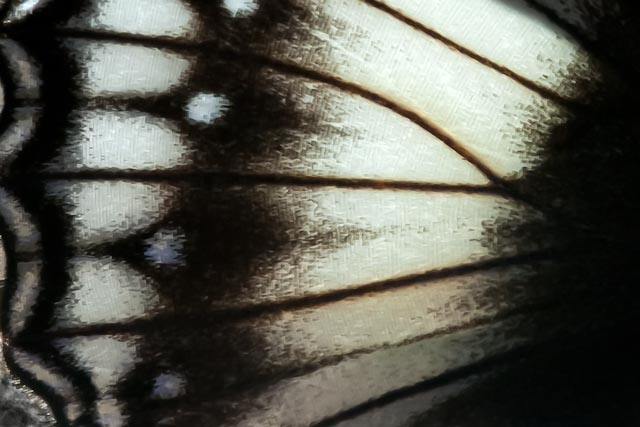
13 Catonephele numilia
The blue-frosted banner, contrasts velvety black wings with vivid orange or blue markings—symbols of vitality and allure. Its name evokes Numilia, a Roman feminine name, suggesting elegance and mystery. This butterfly becomes an emblem of inner fire veiled in shadow, where restraint meets radiant expression in flight.
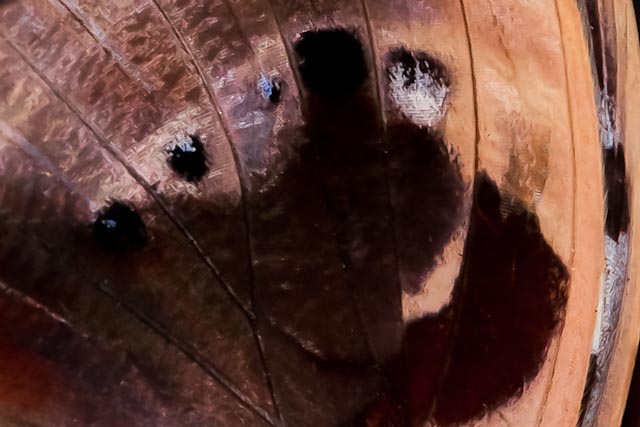
14 Hamadryas amphinome
The red cracker, reveals mottled wings with bursts of crimson and produces a dry clicking sound in flight. Named after Amphinome, a sea nymph, and the hamadryads, tree-bound spirits, it bridges land and sound—symbolizing wild rhythm, sensory alertness, and the pulse of hidden forest life.
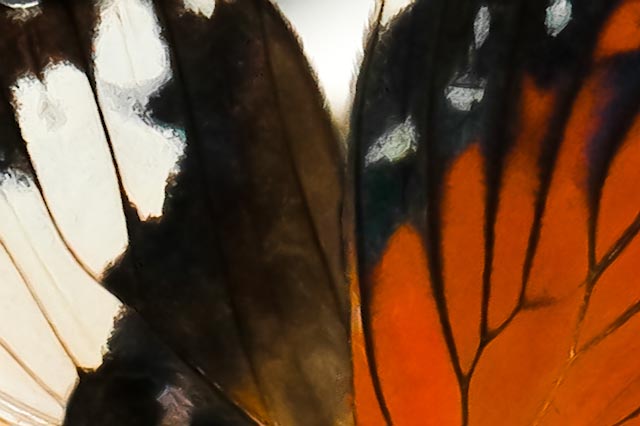
15 Papilio memnon (female)
Displays remarkable variation—some mimicking toxic species with bold contrasts, others blending into shadow. Named after Memnon, a mythic warrior of twilight and loyalty, she embodies adaptive beauty and quiet strength. Her wings tell of survival through change—where elegance, strategy, and myth converge in flight.
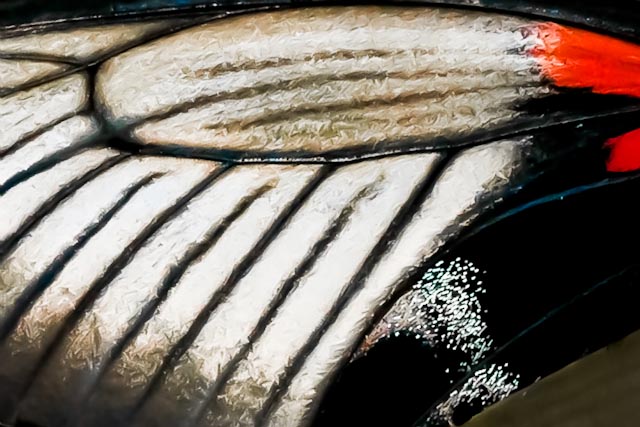
16 Anartia amathea
The scarlet peacock, flashes red and black wings edged with white, drawing the eye like a living jewel. Its name, Amathea, evokes mythic nurturers and feminine force. A symbol of confidence, sensuality, and renewal, it embodies passion grounded in earth—bold, radiant, and ever present in motion
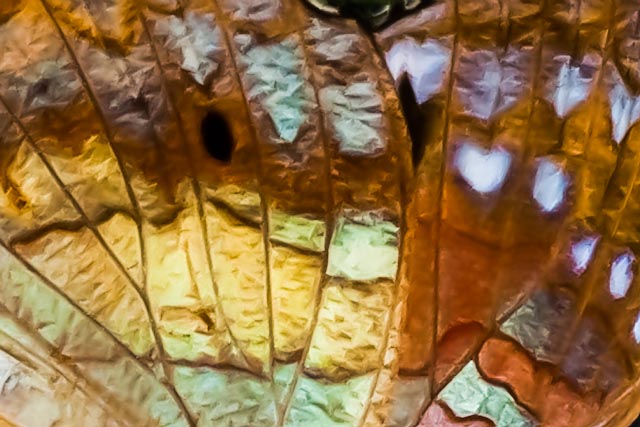
17 Myscelia cyaniris
The blue wave, reveals brilliant iridescent blues when in motion—hidden beneath earthy camouflage at rest. Its name, cyaniris, reflects its shimmering hues, while Myscelia suggests mystery. This butterfly embodies duality: concealment and revelation, stillness and brilliance—like a secret rhythm pulsing between shadow and sudden light.

18 Danaus gilippus
The queen butterfly, glides in warm chestnut tones with delicate white spots, echoing its cousin the monarch. Named Gilippus, a Spartan general, it merges grace with quiet strength. A symbol of endurance, migration, and sovereignty, it moves through landscapes like a messenger of cycles and silent power
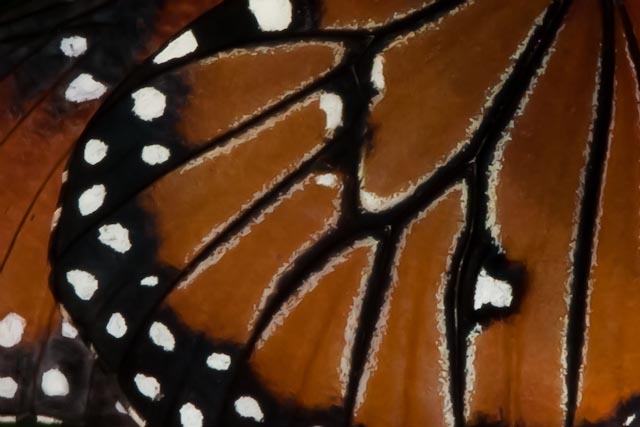
19 Hamadryas feronia
The gray cracker, wears intricate, bark-like patterns that vanish into tree trunks. Named after Feronia, Roman goddess of wildlife and freedom, it cracks audibly in flight—startling and musical. This butterfly symbolizes camouflage and voice, wild autonomy, and the subtle power of blending in while breaking silence
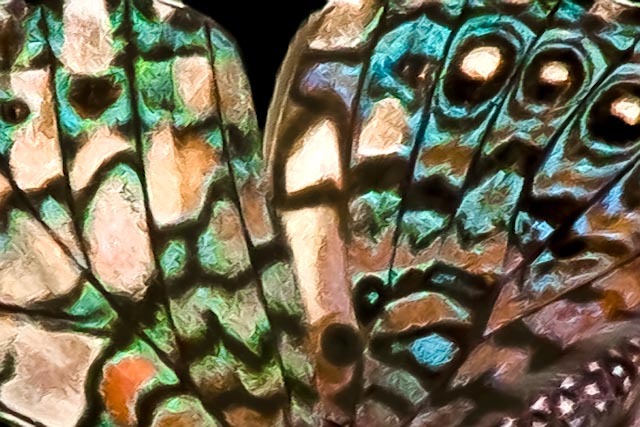
20 Colobura dirce
The Dirce beauty, displays zebra-like patterns and elegant symmetry, its wings lined like a script of nature. Named after Dirce, a mythic figure of tragedy and transformation, it evokes contrast—order and wildness, clarity and myth. A living glyph, it glides between structure and the poetry of flight.
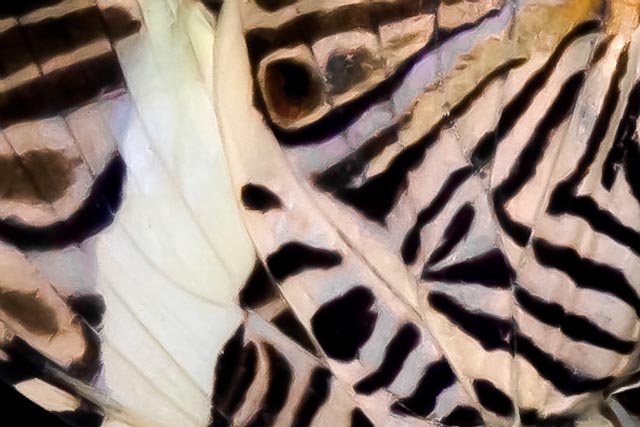
21 Anarthia amathea
The scarlet peacock, flutters with vibrant crimson and deep black, bordered in white—its wings a dance of contrast. Named Amathea, echoing mythic nurturers, it evokes warmth, courage, and allure. This butterfly embodies joy in motion, a celebration of color and confidence rooted in nature’s sensual, expressive force.
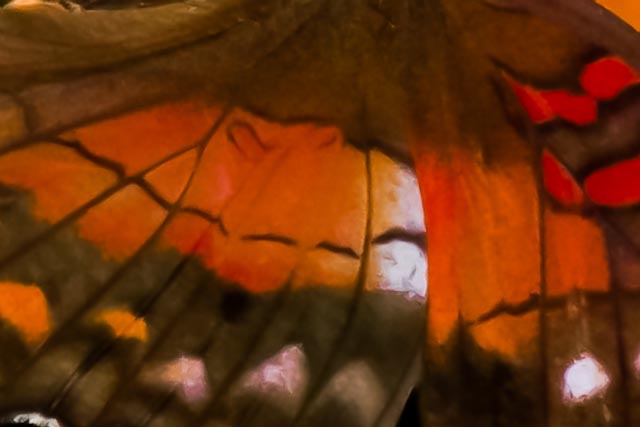
22 Hypna clytemnestra
Glides with somber elegance, its dusky wings edged in soft patterning like worn velvet. Named after Clytemnestra, the tragic queen of Greek myth, it evokes shadowed femininity, power, and fate. This butterfly becomes a symbol of hidden strength, ancestral memory, and the quiet tension between beauty and destiny.
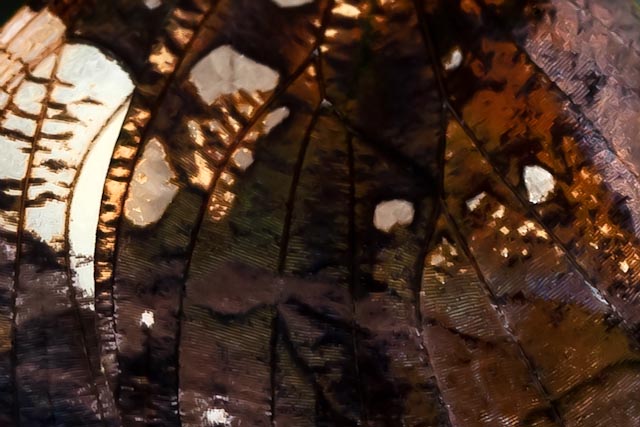
23 Hebomoia glaucippe
The great orange tip, bursts with vivid white and flaming orange wings that flash like fire in flight. Named Glaucippe, after a mythic daughter of the sun, it embodies brilliance, swiftness, and clarity. A messenger of light, it evokes revelation—ephemeral, radiant, and impossible to ignore.
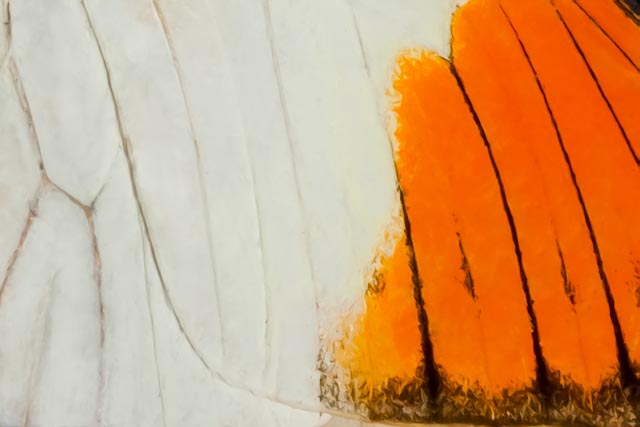
24 Heliconius melpomene.
The postman butterfly, glides with precision, its black wings marked by bold red bands—signals of warning and identity. Named after Melpomene, muse of tragedy, it evokes beauty touched by sorrow. A symbol of mimicry and memory, it carries both poetic presence and evolutionary resilience in motion.
![]()
25 Archeoprepona demophon
The one-spotted prepona, flashes electric blue hidden beneath muted browns—like a secret revealed in flight. Named Demophon, a figure tied to mythic loss and loyalty, it suggests transformation through contrast. This butterfly becomes a symbol of inner brilliance, ancestral echoes, and the dual nature of presence and retreat.
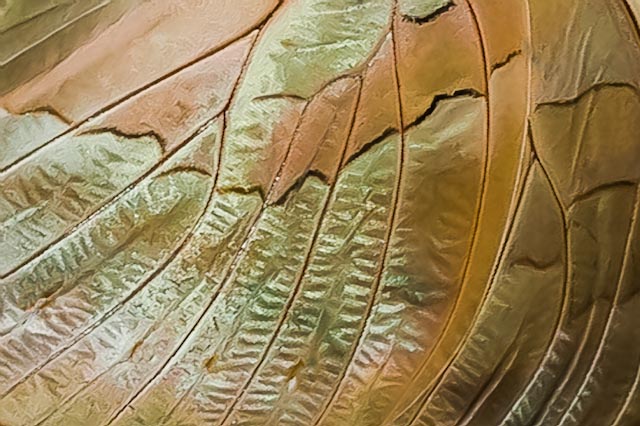
26 Siproeta stelens
The malachite butterfly, shimmers with bold green and black wings—like sunlight through jungle leaves. Its name evokes ancient Stelenes, perhaps linked to stone or inscription. It becomes a symbol of vitality etched in flight, balancing elegance and energy, as if nature signed its name in living color.
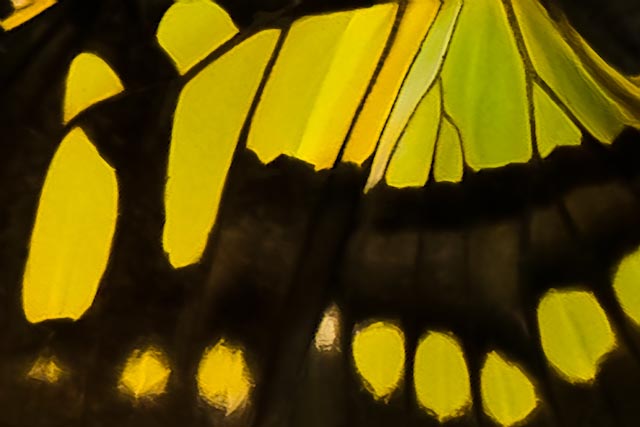
27 Cethosia biblis
The red lacewing, unfurls wings of fiery orange bordered in intricate black and white—like embroidered flame. Named Biblis, after a mythic figure of forbidden love and metamorphosis, it symbolizes passion, complexity, and the beauty that emerges from inner conflict. A living tapestry of desire and transformation in motion.
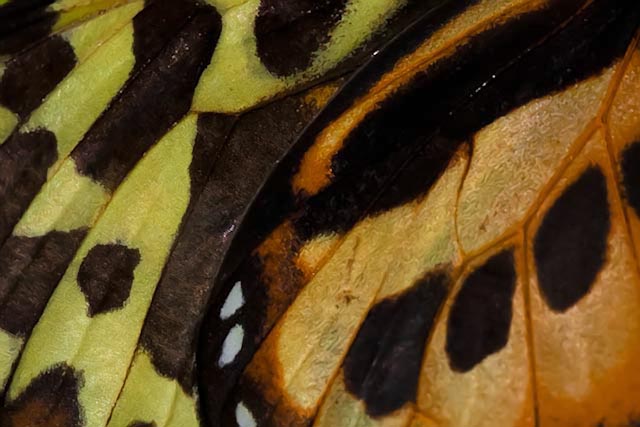
28 Cethosia biblis
The red lacewing, burns with vivid orange framed in intricate black and white—like a living mosaic of flame. Named after Biblis, a tragic figure of Greek myth, it speaks of desire, transformation, and inner conflict. A butterfly where passion and pattern merge into fierce, fragile beauty.
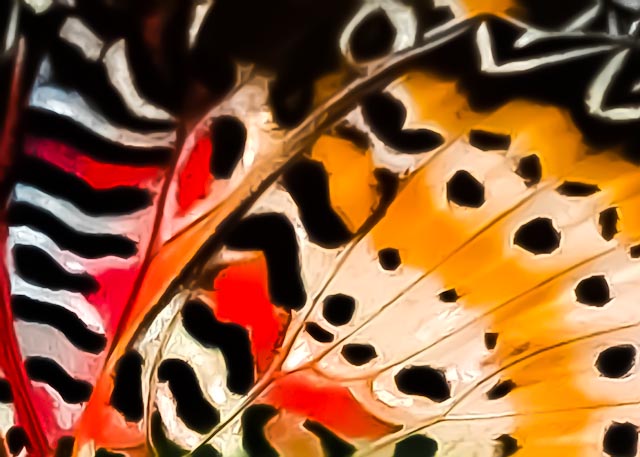
29 Tithoria harmonia
The Harmonia tiger-wing, displays translucent amber wings traced with black—delicate yet assertive. Named after Harmonia, goddess of balance and concord, it evokes unity amid contrast. This butterfly becomes a symbol of graceful equilibrium, where fragility meets structure, and beauty arises from the dance between tension and flow.
